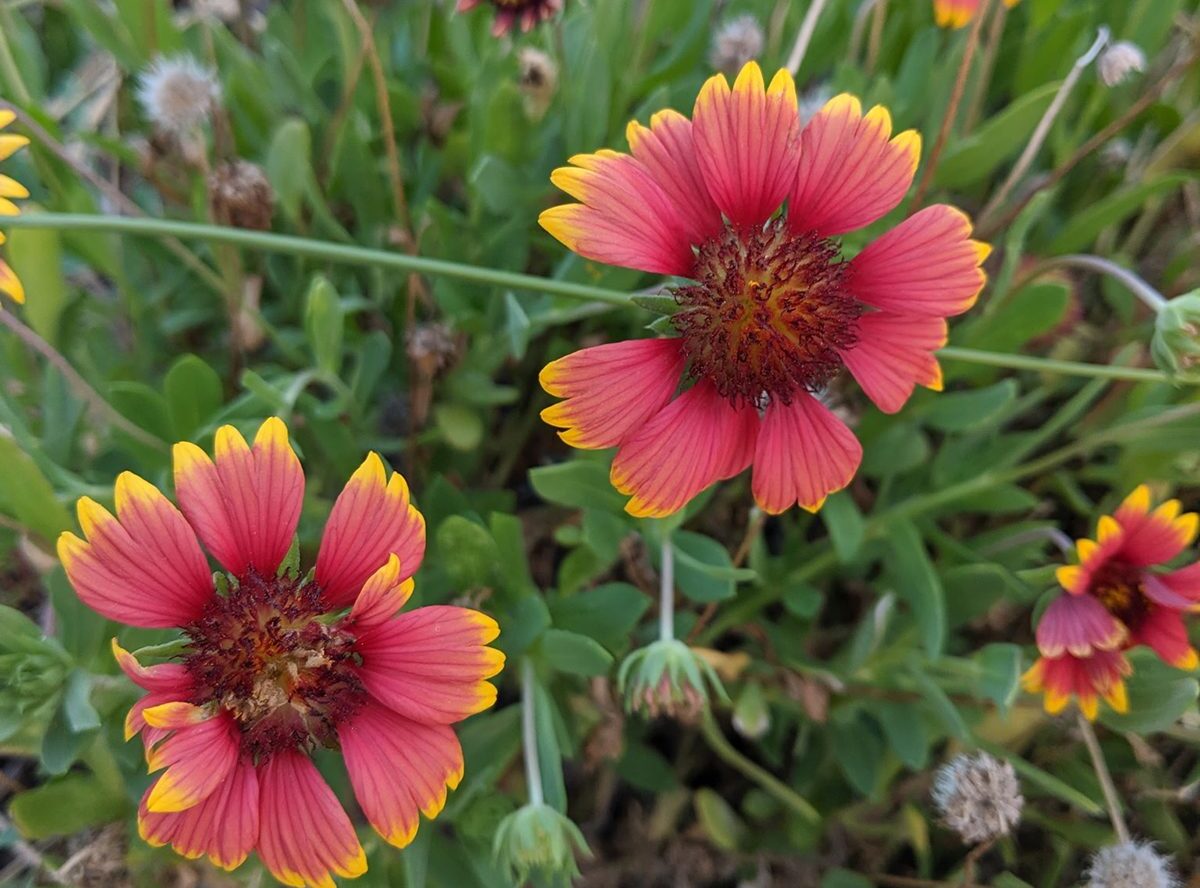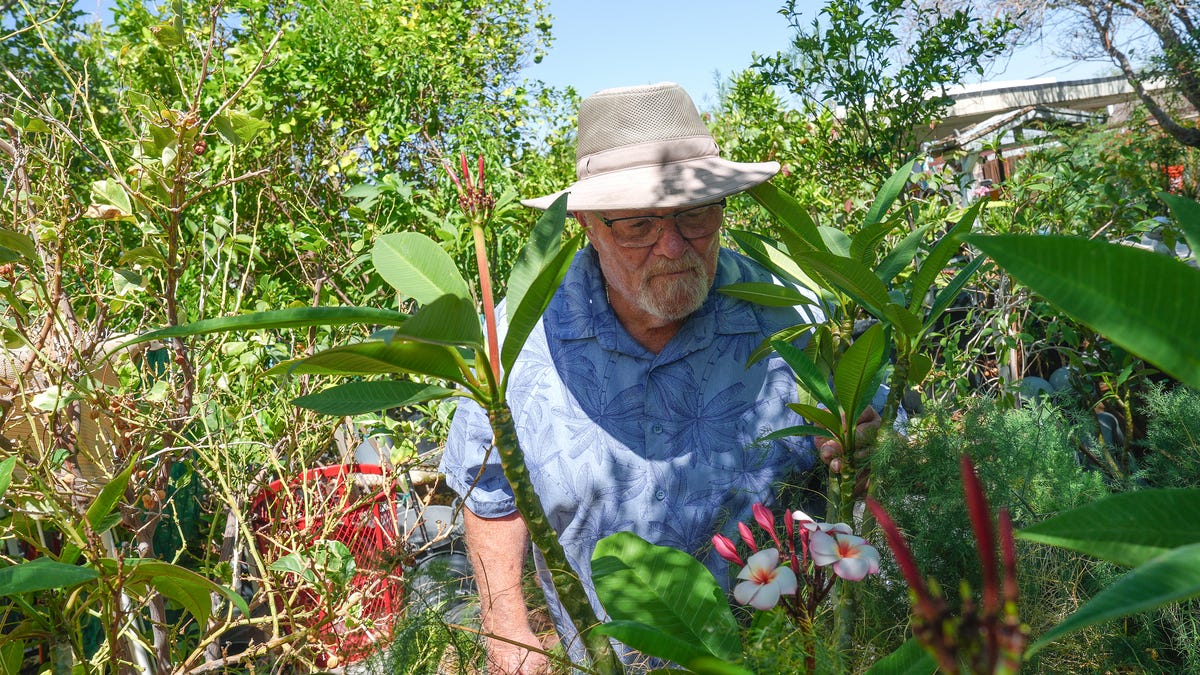By JESSICA DAMIANO
What’s the deal with the Chelsea Chop? Are you gardeners familiar with it?
After hearing about it recently, I did a bit of research. The earliest reference I could find dates back to the early 2000s, so it might appear I’m late to the party, but I’m not — and you might not be, either.
After all, the pruning method, named for the Royal Horticultural Society’s Chelsea Flower Show, which is held every May in the U.K., is one I’ve been practicing and advocating for all along, without the garden show tie-in. But things with catchy names tend to take on a life of their own, as the Chelsea Chop has on social media.
And that’s a good thing because it popularizes a useful technique.
What’s involved in the chop
The method involves pruning certain perennials — those with clumping roots, like coneflower (Echinacea), black-eyed Susan (Rudbeckia), goldenrod (Solidago), sneezeweed (Helenium), Salvia and yarrow (Achillea) — by cutting each stem back by one-third to one-half its height in spring. Cuts should be made on the diagonal, just above a leaf node.
The “chop” forces plants to produce bushier growth, resulting in sturdier, tighter and fuller plants that aren’t as likely to grow leggy, require staking or flop over by the end of the season. It also delays blooming, which can benefit the late-summer garden.
You might get creative and prune only alternate stems so that some bloom earlier and others later — or prune only half of your plants — to extend the blooming season.
Do not attempt this with one-time bloomers, single-stemmed plants or those with woody stems; the amputations would be homicidal to the current season’s flowers.
When should you chop?
Gardeners should consider their climate and prune when their plants have grown to half their expected seasonal height, whenever that may be. (The Chelsea Chop is done at different times in different places, depending on plant emergence and growth.)
A variation for late-summer and fall bloomers
To take things a step further, some late-summer and fall bloomers, like Joe Pye weed, chrysanthemum and aster, would benefit from three annual chops.
In my zone 7, suburban New York garden, that means cutting them back by one-third each in the beginning of June, middle of June and middle of July. Customize the schedule for your garden by shifting one or two weeks earlier per warmer zone and later per cooler zone, taking the season’s growth and size of your plants into account. Make the first cuts when plants reach half their expected size, the second two weeks later and the third about a month after that.
I’d like this fall-plant pruning tip to catch on as well as the Chelsea Chop has. Maybe I should call it the Damiano Downsize and see what happens.
Jessica Damiano writes weekly gardening columns for the AP and publishes the award-winning Weekly Dirt Newsletter. You can sign up here for weekly gardening tips and advice.
For more AP gardening stories, go to https://apnews.com/hub/gardening.
Originally Published:












